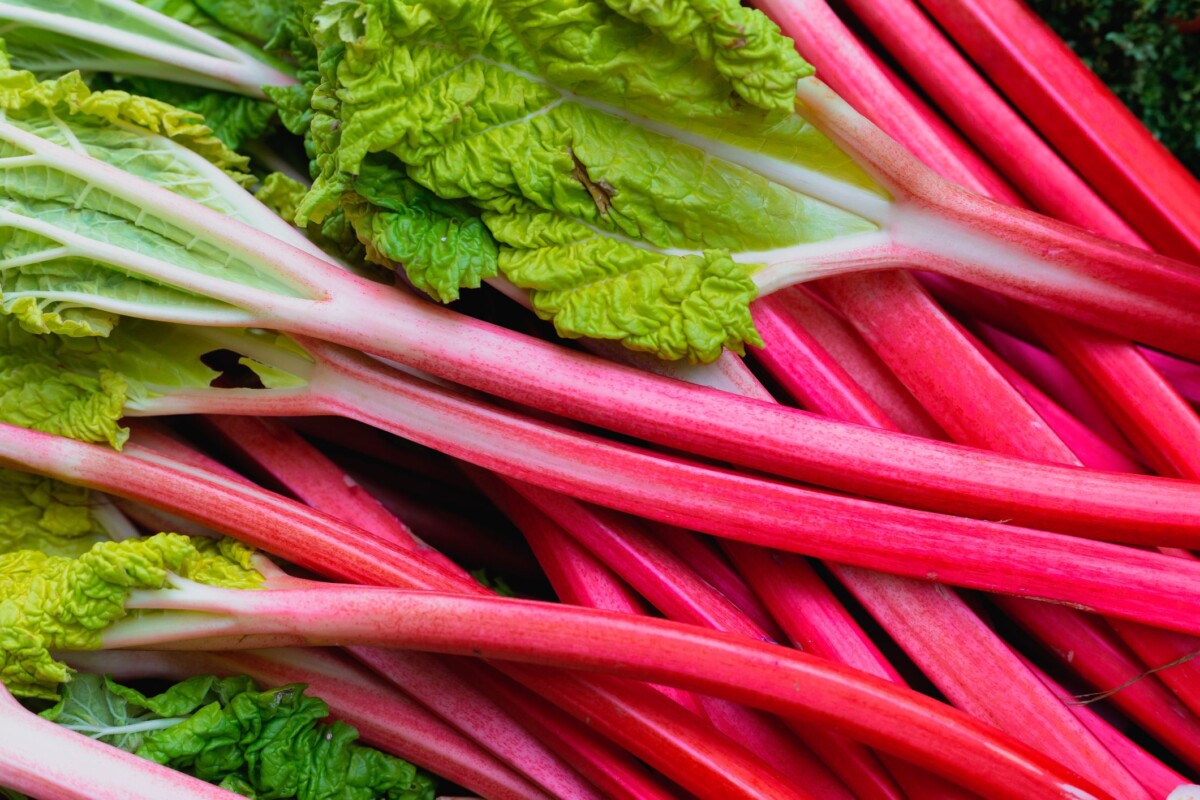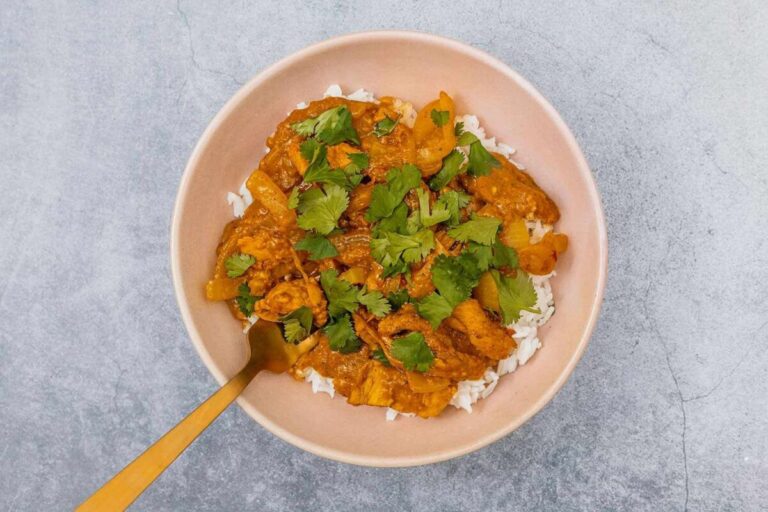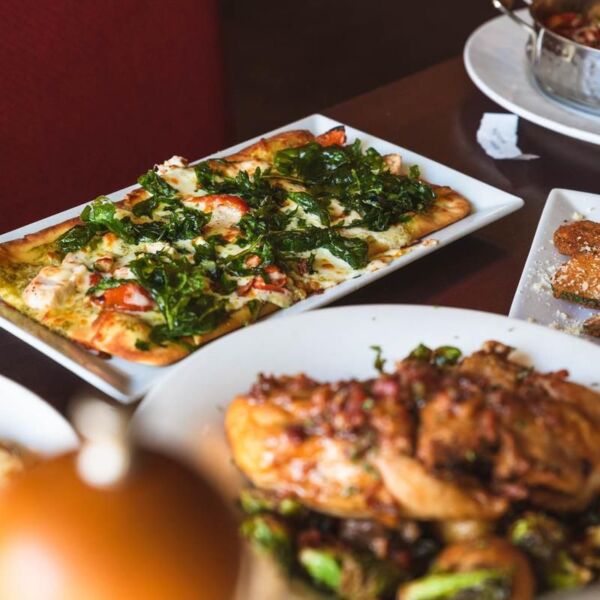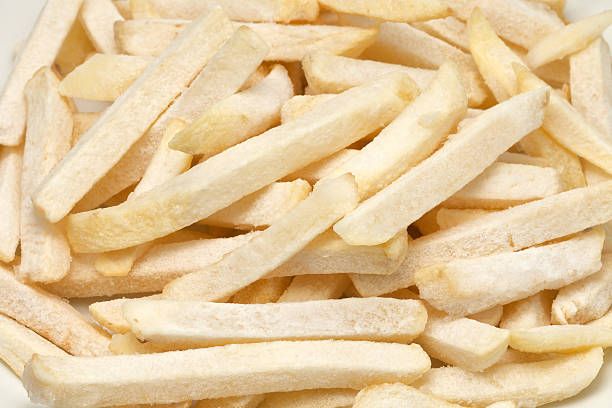What Does Rhubarb Taste Like?
Rhubarb, often mistaken for a fruit due to its common use in desserts, is actually a spring vegetable that has been delighting taste buds for centuries. Its tart, tangy flavor and versatile nature make it a favorite among adventurous cooks and food enthusiasts. However, many people are still unfamiliar with rhubarb’s true potential, often relegating it to the realm of pies and jams.
Understanding the unique taste of rhubarb is crucial for anyone looking to expand their culinary horizons. By delving into the complexities of its flavor, we can unlock a world of culinary possibilities that extend far beyond the traditional “pie plant” moniker.
What is Rhubarb?
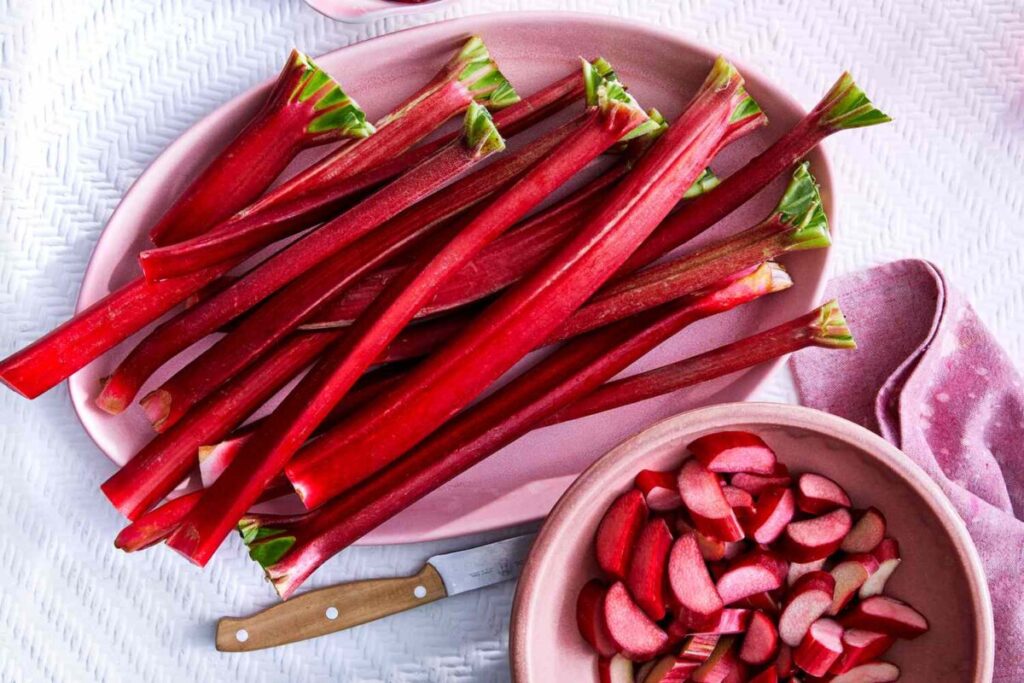
Before we dive into the flavor profile of rhubarb, it’s essential to understand what this plant actually is. Rhubarb is a perennial vegetable that belongs to the Polygonaceae family, which also includes buckwheat and sorrel. Despite its legal classification as a fruit by a New York customs court judge in the 1940s and the U.S. Department of Agriculture, botanically speaking, rhubarb is indeed a vegetable.
Rhubarb thrives in cold climates, making it a popular crop in northern states of the USA, from Maine to Illinois and Washington state. It’s also widely cultivated in China and Europe, where the plant requires cold winter weather to flourish.
Physically, rhubarb is characterized by its long, celery-like stalks that come in various shades of pink, green, and magenta. The plant also features large, green leaves, which are important to note as they are poisonous and should never be consumed. Only the colorful stalks are edible and used in cooking.
The Taste of Rhubarb
Now, let’s address the central question: What does rhubarb taste like? The flavor of rhubarb is complex and can vary depending on factors such as variety, growing conditions, and preparation methods.
Raw Rhubarb Flavor Profile
When eaten raw, rhubarb has a distinctly tart and sour taste that can be quite intense. Many people describe the flavor as a combination of:
- Citrusy notes reminiscent of lemons and limes
- The sourness of unripe green apples
- A slight sweetness underlying the tartness
- Occasional bitter undertones
The texture of raw rhubarb is crunchy and fibrous, similar to celery but with a more pronounced bite. This raw state is where rhubarb’s flavor is at its most potent and can be quite puckering to the palate.
Cooked Rhubarb Flavor Changes
When cooked, rhubarb undergoes a transformation in both flavor and texture. The sourness mellows slightly, and a more complex flavor profile emerges. Cooked rhubarb often exhibits:
- A softer, more palatable tartness
- Enhanced sweetness, especially when sugar is added
- A fruity flavor that becomes more pronounced
- A jelly-like consistency as the stalks break down
It’s worth noting that even when cooked, rhubarb retains a significant level of tartness, which is why it’s often paired with sweeter ingredients in recipes.
Types of Rhubarb and Their Taste Differences
Not all rhubarb tastes the same. There are two main types of rhubarb that you’re likely to encounter:
- Forced Rhubarb: This type is grown in dark conditions, resulting in long, pink stalks with lime green or yellowish leaves. Forced rhubarb has a milder, more delicate flavor, making it an excellent choice for those trying rhubarb for the first time.
- Maincrop Rhubarb: This variety has thicker stalks with a deep red or magenta color and bright green leaves. Maincrop rhubarb boasts a more intense, pronounced flavor and a crunchier texture.
Understanding these differences can help you choose the right type of rhubarb for your culinary needs and personal taste preferences.
Culinary Uses of Rhubarb
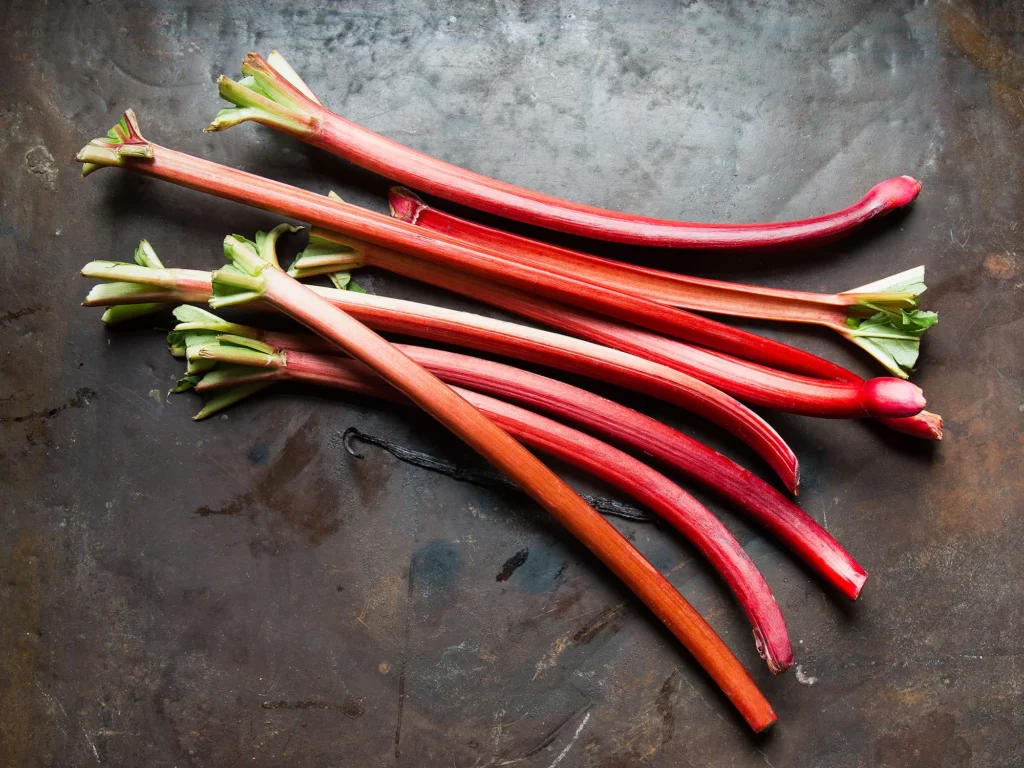
While rhubarb is often associated with sweet dishes, its unique flavor profile makes it a versatile ingredient in both sweet and savory applications.
Traditional Sweet Applications
In sweet dishes, rhubarb’s tartness is often balanced with sugar and other sweet ingredients. Some popular sweet uses for rhubarb include:
- Rhubarb pie: The classic “pie plant” application
- Jams, jellies, and preserves
- Compotes and sauces for desserts
- Tarts and crumbles
- Ice cream and sorbet flavoring
Savory Dishes Featuring Rhubarb
Rhubarb’s tart flavor can add a delightful zing to savory dishes as well. Some interesting savory applications include:
- Sauces and chutneys for meats, especially fatty cuts like lamb or pork
- Additions to stews for a tangy depth of flavor
- Savory tarts and galettes
- Pickled rhubarb as a condiment
- Salad dressings and vinaigrettes
Unique and Creative Uses
Innovative chefs and home cooks have found even more creative ways to incorporate rhubarb into their culinary repertoire:
- Rhubarb cocktails and mocktails
- Roasted vegetable medleys featuring rhubarb
- Rhubarb-infused ketchup or barbecue sauce
- Candied rhubarb as a snack or garnish
- Rhubarb salsa for a unique twist on the classic condiment
Preparing and Cooking Rhubarb
To fully appreciate the flavor of rhubarb, it’s important to know how to properly prepare and cook it.
Proper Handling and Preparation
When working with rhubarb, keep these tips in mind:
- Always remove and discard the leaves, as they are poisonous
- Wash the stalks thoroughly
- Trim the ends but avoid peeling the skin, as it contains much of the color and flavor
- Cut the stalks into desired lengths for your recipe
Cooking Methods and Their Effects on Flavor
Different cooking methods can bring out various aspects of rhubarb’s flavor:
- Stewing or simmering: This method softens the rhubarb and creates a sauce-like consistency, perfect for desserts and compotes.
- Roasting: Roasting rhubarb can caramelize its natural sugars, enhancing sweetness while maintaining some texture.
- Baking: In pies and tarts, baking rhubarb allows it to release its juices and meld with other flavors.
- Quick sautéing: This method preserves some of rhubarb’s crunch while slightly softening its tartness.
Pairing Rhubarb with Complementary Ingredients
To balance rhubarb’s tartness, consider pairing it with:
- Sweet fruits like strawberries, apples, or raspberries
- Warm spices such as cinnamon, ginger, or vanilla
- Creamy elements like custard or whipped cream
- Nuts for texture contrast, such as almonds or pistachios
In savory dishes, rhubarb pairs well with:
- Fatty meats like pork or duck
- Aromatic herbs such as thyme or rosemary
- Tangy cheeses
- Other vegetables like onions or fennel
Health Benefits and Considerations
Beyond its unique flavor, rhubarb also offers several nutritional benefits.
Nutritional Value of Rhubarb
Rhubarb is:
- Low in calories
- High in fiber
- A good source of vitamin K
- Rich in antioxidants, particularly anthocyanins in red varieties
Potential Health Benefits
Some potential health benefits associated with consuming rhubarb include:
- Improved digestion due to its high fiber content
- Potential anti-inflammatory effects
- Possible support for heart health
- Antioxidant properties that may help fight free radicals
Safety Precautions
While the stalks are safe and nutritious, it’s crucial to remember that rhubarb leaves are poisonous due to their high oxalic acid content. Always discard the leaves and never consume them.
Conclusion
So, what does rhubarb taste like? In essence, rhubarb offers a unique combination of tartness, slight sweetness, and complex fruity notes that can add depth and intrigue to a wide variety of dishes. Its versatility allows it to shine in both sweet and savory applications, making it a valuable ingredient in any cook’s repertoire.
Whether you’re biting into a slice of traditional rhubarb pie, experimenting with a rhubarb-infused savory sauce, or sipping on a refreshing rhubarb cocktail, this spring vegetable never fails to make an impression. Its distinctive flavor profile challenges our taste buds and invites us to explore new culinary territories.
As we’ve discovered, the taste of rhubarb is much more than just sour or tart. It’s a complex interplay of flavors that can be coaxed and balanced to create truly memorable dishes. So the next time you encounter this pink and green wonder, don’t hesitate to experiment. Embrace the unique flavor of rhubarb and let it inspire your culinary creativity. After all, understanding “what does rhubarb taste like” is just the beginning of a delicious journey into the world of this remarkable vegetable.
